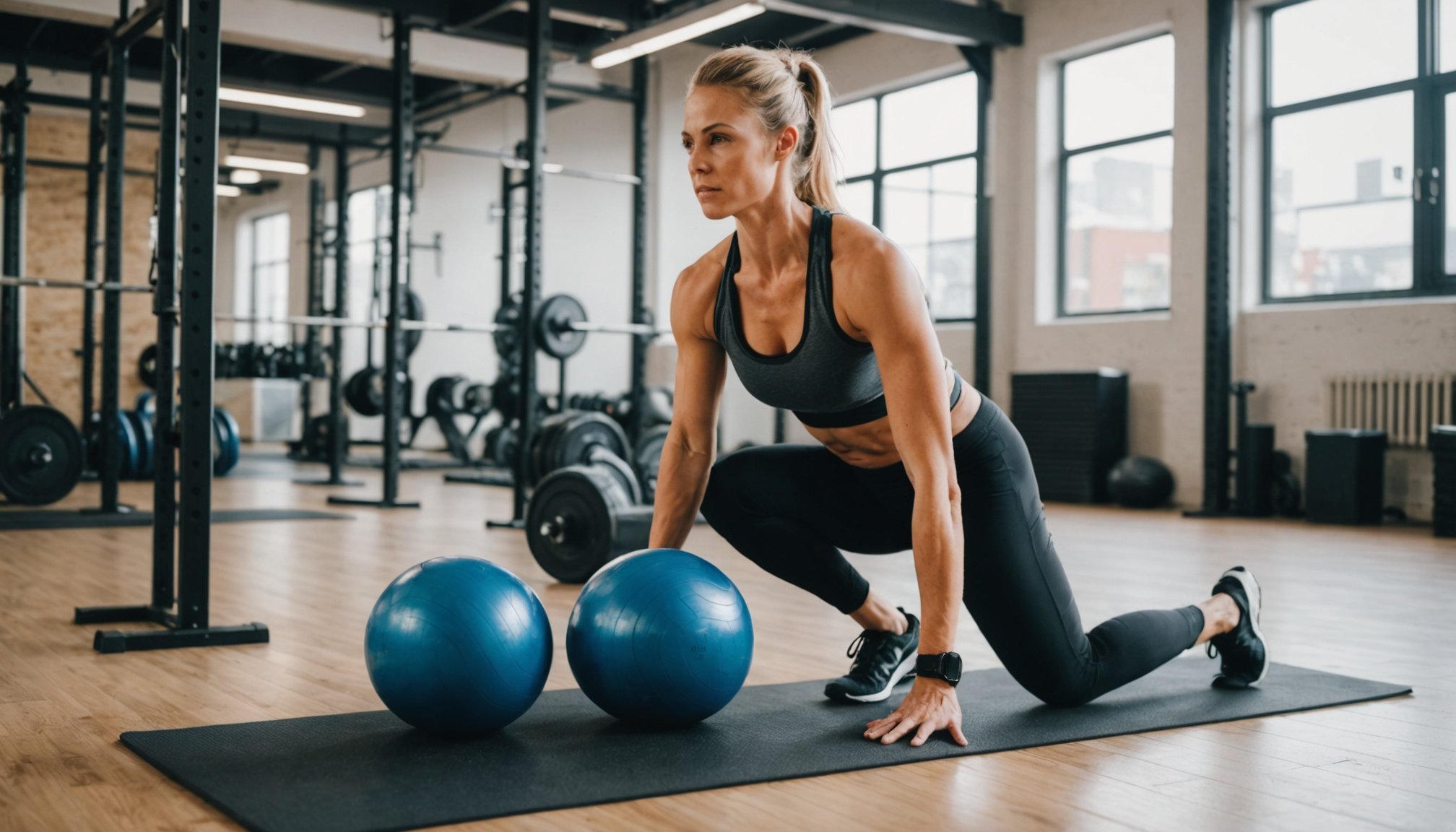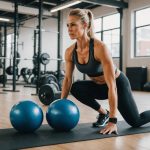In today’s fast-paced world, maintaining health and fitness often takes a backseat. Many people view exercise as a chore rather than an opportunity to enhance their daily life. However, incorporating functional fitness exercises into your routine can dramatically improve your daily activities and overall quality of life. Functional exercises mimic movements that you perform in everyday tasks, helping you build strength, balance, and mobility. This article delves into how these exercises can transform your physical capabilities, making daily tasks easier and more enjoyable.
Understanding Functional Fitness
Functional fitness focuses on exercises that train your muscles to work together, enhancing your ability to perform everyday activities. Unlike traditional workouts, which might isolate specific muscle groups, functional training emphasizes multi-joint movements that simulate real-life tasks.
Also to see : What role does strength training play in reducing the risk of osteoporosis?
These exercises improve mobility, balance, and coordination while also enhancing your overall strength. For instance, when you engage in a movement like a squat, you’re not just working on your leg muscles; you’re also reinforcing the core, improving your posture, and gaining the ability to perform actions like picking up groceries or squatting down to tie your shoes with greater ease.
By using your body in ways that reflect daily movements, functional fitness helps reduce the risk of injuries and promotes a more active lifestyle. Furthermore, it can be tailored to fit any fitness level, making it accessible to everyone, regardless of age or experience. You can include activities like lunges, push-ups, or even movements involving resistance bands or kettlebells. These exercises contribute to a sense of well-being and confidence as you notice improvements in your physical capabilities.
Also read : What are the signs of dehydration and how can you combat it during exercise?
The Benefits of Functional Fitness Exercises
The benefits of incorporating functional fitness into your training routine are profound. Primarily, you will notice a marked improvement in your strength and endurance. These exercises engage multiple muscle groups simultaneously, which builds overall body strength more effectively than isolated strength training. Additionally, you will develop better balance and coordination, fundamental aspects of physical fitness that often decline with age.
Beyond the physical, functional fitness also promotes enhanced mobility. Improved range of motion in your joints allows for smoother and more comfortable movements in daily activities, from climbing stairs to playing with your children. This aspect is crucial for maintaining independence as you age, as it enables you to perform tasks without assistance.
Moreover, engaging in these exercises can have significant mental health benefits. Regular physical activity has been linked to reduced symptoms of anxiety and depression. By focusing on functional movements, you create a sense of accomplishment and purpose as you see yourself progressing in ways that directly affect your daily life.
Lastly, functional fitness can lead to better overall health. Improved cardiovascular health, better metabolism, and enhanced body composition are just a few of the health benefits associated with a regular functional fitness regime. It is a holistic approach to exercise that not only strengthens your muscles but also revitalizes your body and mind to tackle the demands of daily life.
Incorporating Functional Exercises into Daily Life
Incorporating functional fitness into your daily routine doesn’t have to be overwhelming. You can seamlessly integrate these exercises into your life by making small adjustments. Start with simple movements that require little to no equipment.
For example, you can practice bodyweight squats while waiting for your coffee to brew or do lunges while watching your favorite TV show. These exercises can be performed anywhere and at any time, making them highly convenient.
Moreover, consider setting specific goals related to your daily activities. If you struggle with lifting objects, focus on strengthening your core and upper body with exercises like bent-over rows or shoulder presses. If your work involves prolonged sitting, dedicate time to stretches and movements that open up your hips and improve your posture.
Another way to incorporate functional exercises is by engaging in activities such as gardening, playing with your kids, or even cleaning your house. These tasks require physical effort and can serve as a great opportunity to practice functional movements. Embrace these activities as part of your training—they contribute to your overall fitness and strength.
Lastly, consider joining a fitness class focused on functional training. Many local gyms and community centers offer classes that cater to varied fitness levels. Working out with others can provide motivation and accountability, making it easier to stay committed to your health goals.
The Role of Consistency in Functional Training
Consistency is vital in any fitness program, and functional training is no exception. To truly reap the benefits of functional fitness, you must commit to regularly incorporating these exercises into your routine. Aim for at least two to three sessions per week, allowing your body time to adapt and grow stronger.
Establish a schedule that works for you, whether it’s setting aside specific days for workouts or including short sessions throughout your day. Remember, even short bursts of activity can lead to significant improvements over time.
As you progress, you may want to increase the intensity or complexity of your workouts. This could involve adding weights to your exercises, increasing the number of repetitions, or trying more advanced movements. Your body adapts quickly, so continually challenging yourself is essential for ongoing improvement.
Moreover, tracking your progress can help maintain your motivation. Keep a journal of your workouts, noting improvements in strength, balance, and mobility. Celebrate milestones, no matter how small, as these achievements reflect your hard work and dedication.
Lastly, remember that recovery is part of the journey. Allow your muscles time to repair after workouts, and incorporate rest days into your schedule. This balance between training and recovery will support better overall health and longevity in your fitness journey.
In conclusion, functional fitness exercises can significantly improve your daily life activities by enhancing your strength, mobility, and balance. This approach to fitness allows you to engage in movements that reflect real-life tasks, making your workouts both practical and rewarding. By incorporating functional exercises into your routine, you can experience numerous benefits, from reducing the risk of injury to boosting your mental well-being. Remember, consistency is key. With dedication and the right mindset, you can transform your physical capabilities and lead a healthier, more active life.











